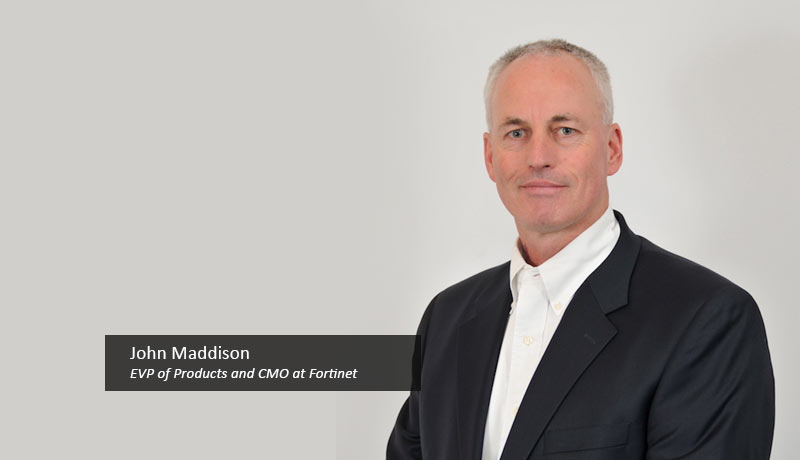
By John Madisson, EVP of Products and CMO at Fortinet.
Organizations have distributed data and workloads across both cloud environments and on-premises data centers. As a result, IT teams have to deploy, manage, and secure increasingly complex and hybrid networks. And even though many organizations have moved many of their workloads into the cloud, the majority of them still operate hybrid environments.
Hybrid environments allow organizations to keep important data on-premises. This allows them to maintain full control over sensitive assets, while also taking full advantage of the scalability and agility the cloud provides. However, as organizations become more hybrid and distributed, their security needs to be able to span across all environments.
As applications, resources, devices, and workers work from anywhere, networks need to be able to adapt in real time. Workflows now often span physical data centers as well as multiple cloud environments; applications follow users regardless of where they are connecting from or what device they are using; and data and other resources need to be securely accessed by any user on any device in any location. Security needs to be able to adapt and scale to meet these new requirements.
To properly protect and defend these hybrid environments, organizations should look for security solutions that provide the following critical functions:
The majority of today’s security solutions are simply not fast enough, nor smart or responsive enough, don’t operate in enough places, and can’t adapt as quickly as today’s business requires. This is especially true in multi-vendor environments with disparate security solutions that don’t integrate when deployed. This lack of integration makes it impossible for organizations to securely use the flexible network environments they need to compete effectively.
Instead, these organizations need a security platform, like the Fortinet Security Fabric, designed to span, adapt to, and protect today’s dynamic environments. If they can’t, their business will not be able to keep up. And that is critical in today’s digital business environment, where the difference between success and failure can be measured in microseconds.